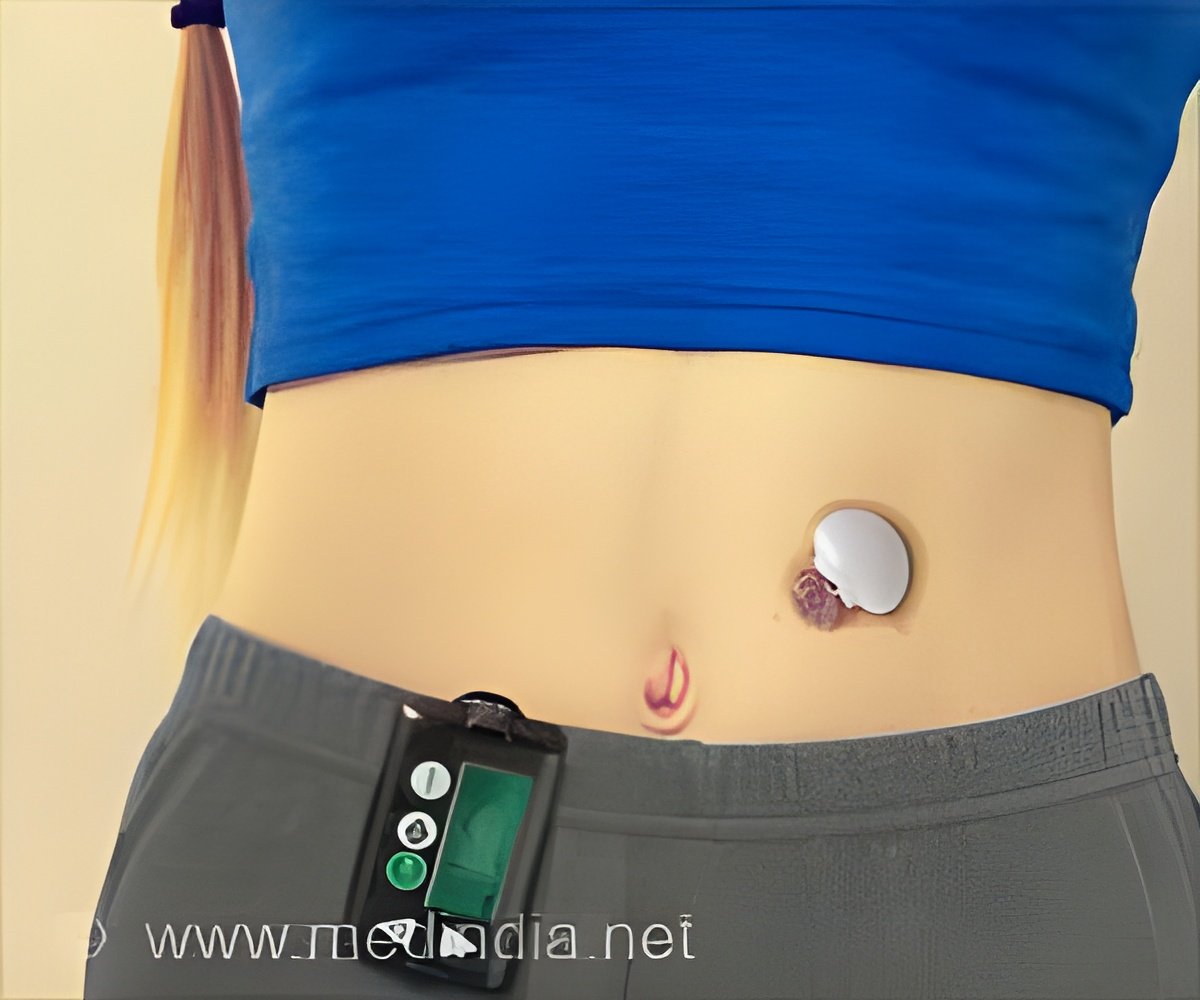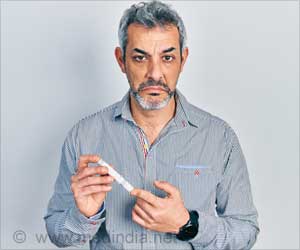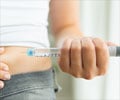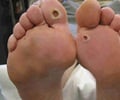
‘Laser-induced graphene non-enzymatic glucose sensors are an example to show the detection of biomarkers in sweat at extremely low concentrations.’
Tweet it Now
They first constructed the device with laser-induced graphene (LIG), a material consisting of atom-thick carbon layers in various shapes.LIG appeared to be an ideal framework for the sensing device because of its high electrical conductivity and convenient fabrication time.
LIG is not sensitive to glucose at all. So, they needed to deposit a glucose-sensitive material onto it. For which they chose nickel because of its robust glucose sensitivity, and combined it with gold to lower the potential risks of an allergic reaction.
Researchers hypothesized that the LIG outfitted with the nickel-gold alloy would be able to detect low concentrations of glucose in sweat on the skin’s surface.
Though sweat exhibits remarkably low glucose concentrations compared to blood, there is a strong correlation between glucose levels in sweat and blood.
Advertisement
Generally, enzymes are used to measure glucose in more invasive, commercially available devices or noninvasive monitors but in this device, enzymes are avoided because of metal alloys that can degrade enzymes with time and changing temperatures.
Advertisement
On the other hand, non-enzymatic sensors require alkaline solution, which can damage the skin and typically limits device wearability.
To curb this issue, researchers attached a microfluidic chamber to the LIG alloy. This chamber is smaller to promote wearability and allow for a range of movement, such as stretching or crushing.
It is connected to a collection inlet that passes sweat into the solution without allowing the solution to touch the skin.
The basic solution interacts with the glucose molecules to produce a compound that reacts with the alloy. This reaction triggers an electrical signal, indicating the concentration of glucose in the sweat.
In a proof-of-concept test, they used a skin-safe adhesive to attach the reusable device to a person’s arm one hour and three hours after a meal.
The subject performed a brief workout to produce sweat before each measurement time. A few minutes after collecting the sweat, the researchers found that the detected glucose concentration dropped from the first measurement to the next.
The glucose measurements from the device were verified by measurements made with a commercially available glucose monitor.
Researchers plan to improve their device for future applications, including addressing how patients or clinicians may use the sensor for incremental glucose measurements or continuous monitoring to determine treatment actions, such as administering insulin.
They also intend to refine and expand this platform for more comfortable monitoring of other biomarkers that can be found in the sweat.
Source-Medindia












